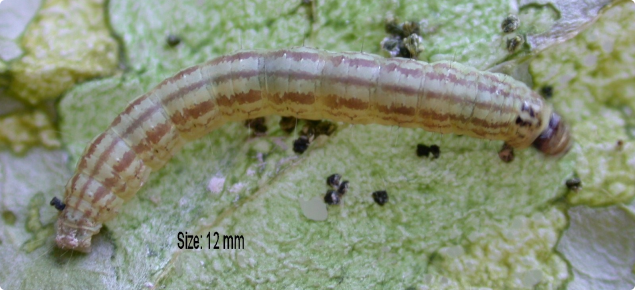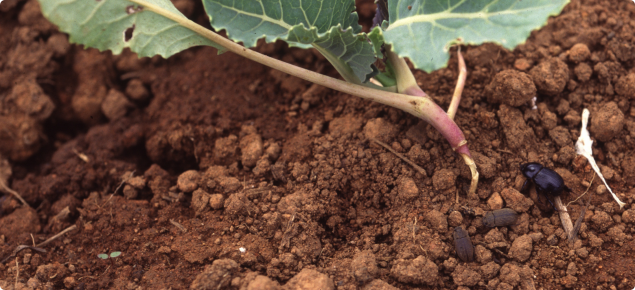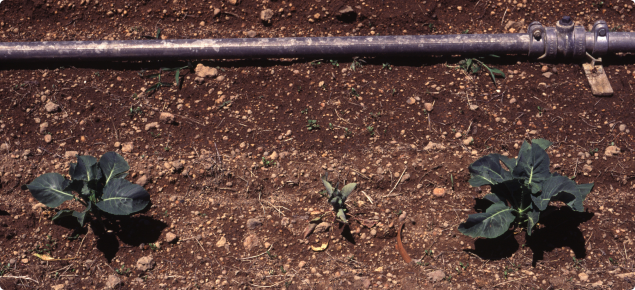Introduction
This article will help you identify pests and their natural control agents in your vegetable brassica crops — cauliflower, broccoli, Brussels sprouts, cabbage, Chinese cabbage, swedes and turnips.
The aim is to provide growers with the tools to assist in preventing crop damage and unnecessary application of pesticides.
It is divided into five sections:
- Identification of pests, their characteristic damage and natural control agents — colour photographs and descriptions to identify the pests and their characteristic damage, and their natural control agents.
- Seasonality of pests — which pests are present at different times of the year.
- When to monitor pests within a crop cycle — helps with monitoring individual crops in terms of the crop stage when particular pests are most likely to be present.
- Recommended techniques for pest monitoring and pest management — principles to assist in choosing appropriate monitoring methods and control strategies for each pest.
- Pest and beneficial insects of vegetable brassica crops: common and scientific names of all pest and beneficial agents mentioned, where names are available.
Identifying pests and natural control agents
This section includes photographs and descriptions of pests and their charactertic damage, and associated beneficial insects.
By correctly identifying insects in crops, the most appropriate control strategy for a particular pest can be used. If this guide provides insufficient information to enable a confident identification to be made, seek further assistance. For example, in the Manjimup region in 2002, a pest new to industry was identified, a Staphylinid beetle that has yet to be named.
Pests are often more abundant in some regions than others. Many of the pests discussed here occur mainly in lower South-West and Great Southern areas because these crops are grown either in rotation with pasture or adjacent to areas of pasture from which the pests originate. Other insects occur as pests mainly in crops in the metropolitan and Swan Coastal Plain regions. To clarify the locality of pests specific to each region, they are referred to as "South" or "Metro". If the pest occurs in all areas, no reference to location is made.




